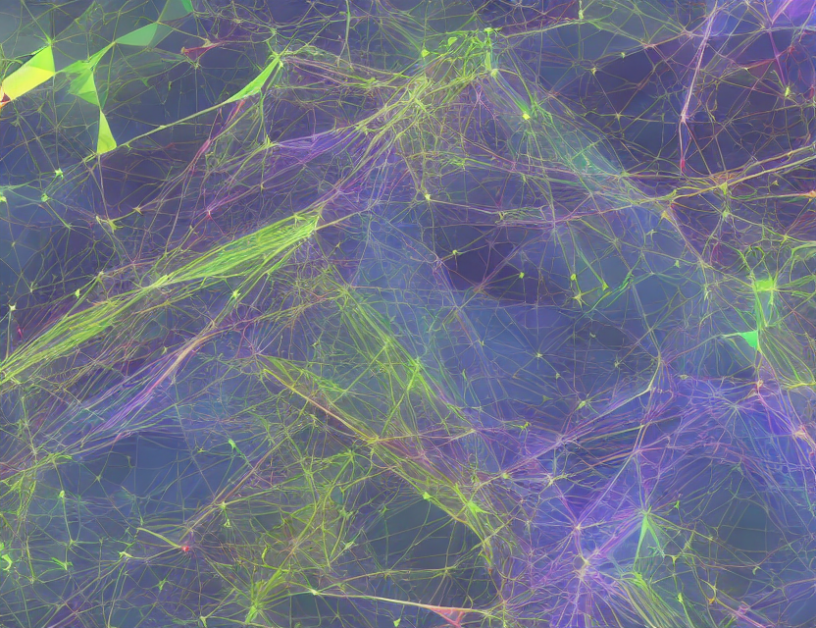In recent years, there has been growing interest in combining deep learning with physical laws to develop more accurate and interpretable models for various applications. Physics-informed neural networks (PINNs) are a promising approach that aims to incorporate the constraints of physics into the neural network framework. In this article, we provide a comprehensive survey of PINNs, including their formulation, applications, and recent advances in the field.
Formulation of PINNs
PINNs are built on the idea of embedding the solution of a physical system into a neural network, such that the predicted output satisfies the physical constraints. This is achieved by defining the loss function that combines the data-fitting term with the physical regularization term. The optimization process is then used to minimize the overall loss function and find the optimal solution that satisfies both the data and physics constraints.
Applications of PINNs
PINNs have been applied to a wide range of fields, including but not limited to:
- Solving partial differential equations (PDEs) to model various physical phenomena such as heat transfer, fluid dynamics, and wave propagation.
- Predicting the output of a system based on the input data, while satisfying the physical constraints of the system.
- Inverse problems where the solution of a system is sought given the observed data.
- Optimal control problems where the control inputs are optimized to achieve desired outputs while satisfying the physical constraints.
Recent Advances in PINNs
In recent years, there have been several advances in PINNs that have improved their accuracy and efficiency. Some of these advances include:
- The development of new optimization algorithms that can efficiently solve large-scale PINN problems.
- The use of adaptive neural networks that can dynamically adjust the network architecture based on the input data.
- The incorporation of regularization terms to improve the generalization ability of PINNs.
Open Challenges and Future Directions
Despite the promising results of PINNs, there are still several open challenges and future directions in the field, including:
- The need for better understanding of the theoretical foundations of PINNs to improve their stability and convergence properties.
- The development of new evaluation metrics that can accurately measure the performance of PINNs.
- The integration of PINNs with other machine learning models to create more powerful and interpretable models.
Conclusion
In conclusion, physics-informed neural networks have emerged as a promising approach for solving complex problems in various fields by incorporating the constraints of physics into the neural network framework. While there have been significant advances in the field, there are still several open challenges and future directions that need to be explored to fully realize the potential of PINNs. As the field continues to evolve, we can expect to see more accurate and interpretable models that can help us better understand complex physical systems and make more informed decisions.



